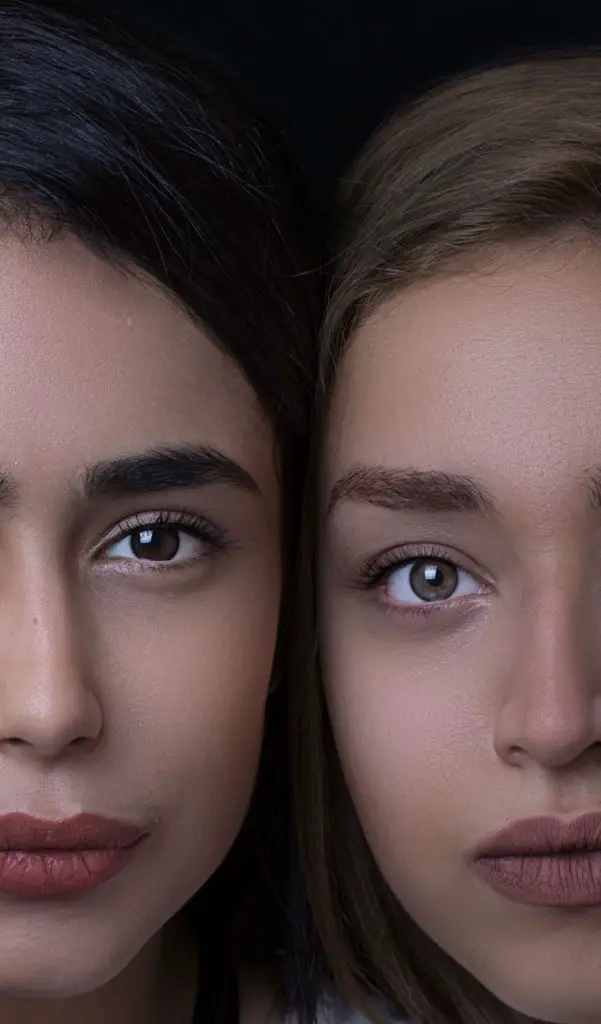
The award-winning Queen of the Lens, Annie Leibovitz, is known for reaching top-dollar on her prints, with the Keith Haring, New York City, 1986 photo selling for $93,750. Known for her love of exposing the raw, feminine beauty and power of women to capturing fleeting moments long after the other photographers have already packed up their gear, Annie is considered one of the best photographers of her time. Her passion project? The portrait.
You Don’t Need A Studio
When Annie finally decided to set up a studio, it was a double garage in Chelsea, which according to the photographer, was vast, yet superfluous. For Annie, it’s about more than calling her subjects into a studio to get the ideal shot, instead, Leibovitz finds that shooting on location envokes far more emotion and truth from a photo. Whether she was out on the road with the Rolling Stones or invited to take a portrait shot of the Queen, Annie always met them at their location to capture the true essence of self in the shots.
Location is Everything
Before Annie even decides to pick up her camera, she styles her model and the surrounding props to meet the demands of the final product. For magazine covers, she has models take on a bold yet slightly more conservative look than for the portrait shots. Leibovitz feels that a piece shot for a magazine cover should never be used in a portrait, as there are difficult style factors at play. A typical example of this is the Demi Moore Maternity Shoot for Vanity Fair that changed the face of pregnancy. While institutions wanted to celebrate this by having the photo enlarged, Annie declined the request. According to CanvasPop.com, choosing the right piece for the right space is integral and for collectors and admirers of Annie’s work, it also meant respecting the photographer’s intentions with the photos.
Finding The Balance
Understanding the difference between artistic expression and the subject’s desired outcome was a constant tug of war for Annie. When photographing her late partner, Susan Sontag, she realized that her desire to showcase her partner as a strong individual was met with disapproval, as her partner wished to look good instead. For Annie, this balance is important, particularly when photographing those you are intimate with.
For the next aspiring Annie Leibovitz, choosing a style and focus might at first seem hard, but with a lot of practice and guidance, discovering the true artistic capabilities of the lens is within reach.
